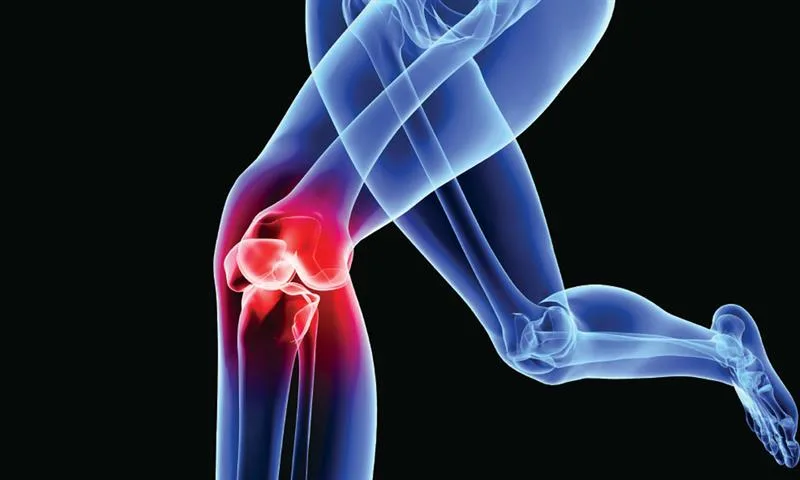A formulation containing both cannabidiol (CBD) and cannabigerol (CBG) was found to be useful in combatting delayed onset muscle soreness, according to a new study published in the Journal of the International Society of Sports Nutrition.

According to the study’s researchers, cannabinoid-containing products are often “marketed to athletes as promoting recovery, in spite of a lack of data on their safety and effects.” With that in mind, this randomized, double-blind, placebo-controlled, repeated-dose pilot study “tested the safety, tolerability, and preliminary effects on recovery of a formulation containing cannabidiol (CBD; 35 mg), cannabigerol (CBG; 50 mg), beta caryophyllene (BCP; 25 mg), branched-chain amino acids (BCAAs; 3.8 g), and magnesium citrate (420 mg).”
For the study 40 exercise-trained individuals underwent an experimental induction of delayed onset muscle soreness (DOMS) and completed follow-up visits 24, 48, and 72-hours post-DOMS. Participants were randomized to active or placebo formulation, and consumed the formulation twice per day for 3.5 days.
There was just one adverse event (AE) in the active group and two AEs in placebo. There was 100% self-reported compliance with formulation consumption across the two groups.
“For the primary outcome of interest, the estimate of effect for ratings of average soreness/discomfort 72 hours post-DOMS between active and placebo groups was -1.33 (85% confidence interval = -2.55, -0.10), suggesting moderate evidence of a treatment difference”, states the study. “The estimate of effect for the outcome of ratings of interference of soreness, discomfort, or stiffness on daily activities at work or home 48 hours post-DOMS was -1.82 (95% confidence interval = -3.64, -0.01), indicating a treatment difference of potential clinical importance.”
There was “no significant effect between active and placebo groups on objective measures of recovery, sleep quality, or mood disturbance.”
Researchers conclude by stating that “The tested formulation reduced interference of DOMS on daily activities, demonstrating its improvement on a functional aspect of recovery.”
The full text of the study can be found by clicking here.







